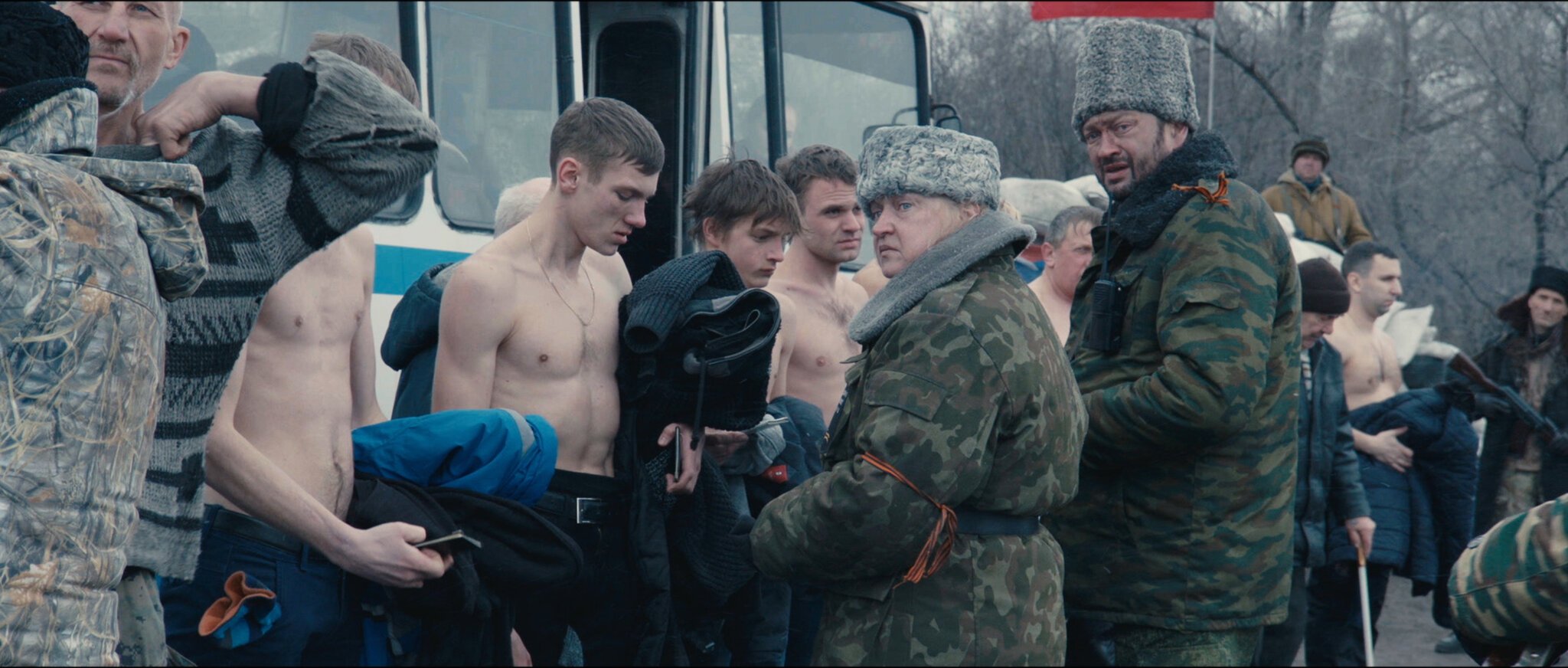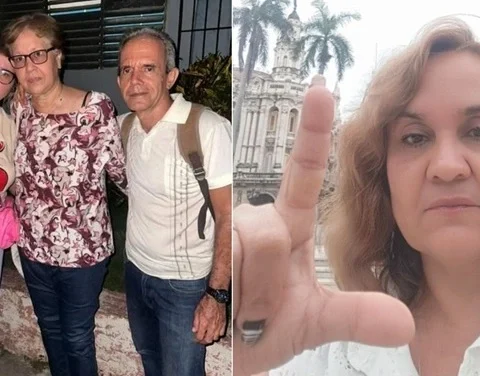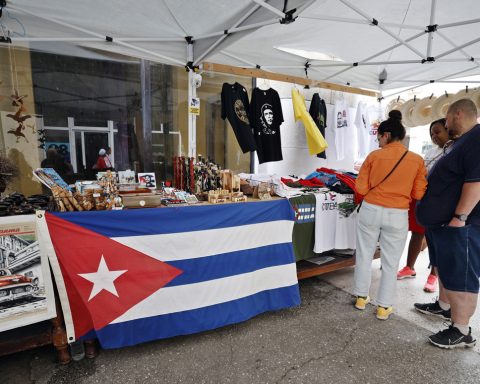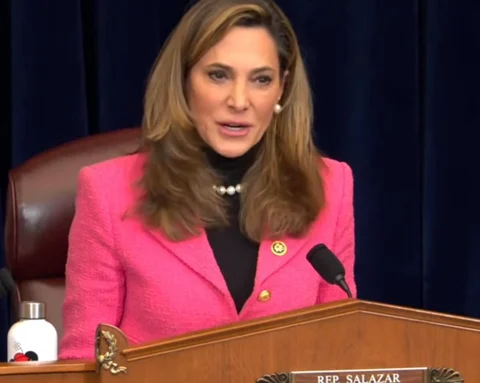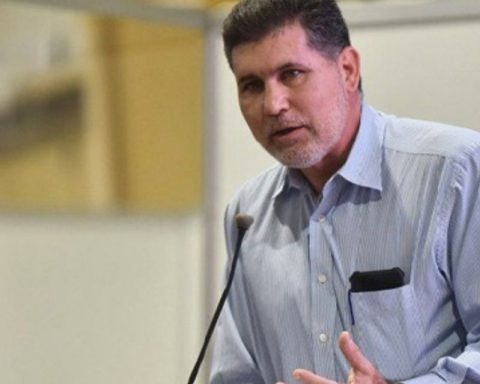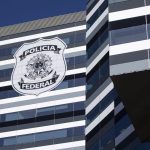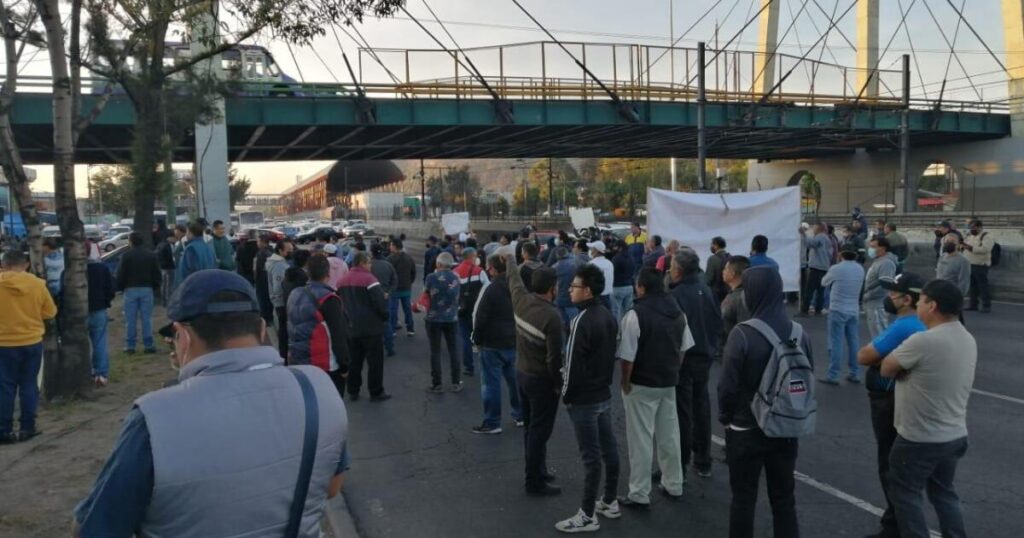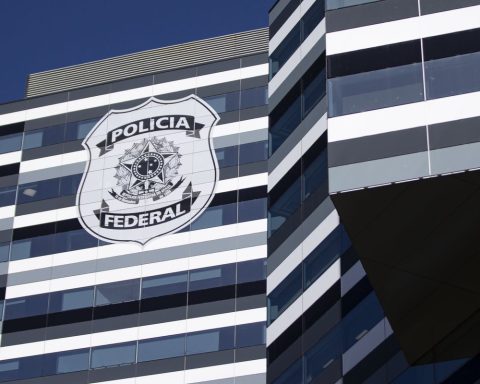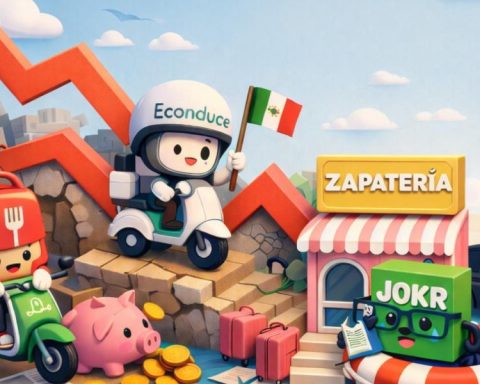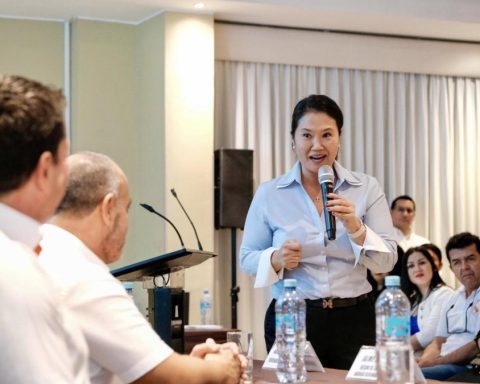This Thursday the president of UkraineVolodomir Zelensky ended up admitting what he had been putting off for weeks, that Russian forces occupy 20% of his country.
This covers some 125,000 square kilometers and includes the Crimean peninsula and the territory under control of the separatist forces since 2014, to the east of the European nation.
“Today, about 20% of our territory is controlled by the occupants, that is, about 125,000 square kilometers,” said the Ukrainian president, in a speech before the Luxembourg parliament, broadcast live by the chain CNN.
Before the beginning of the Russian invasion, on February 24, Moscow controlled only about 43,000 square kilometers, Zelenski said, an area equivalent to the surface of Belgium, the Netherlands and Luxembourg.
The biggest battle took place in the region of the Sea of Azov port of Mariupol, a city of 100,000 inhabitants that has been practically razed to the ground, as several foreign journalists have confirmed in recent weeks.
From the start of war, Russia took control of some regions of southern Ukraine and slowly advanced in the Donbass. Their objective now seems to be to take control of the two regions of Donbass, Donetsk and Lugansk, where the two self-proclaimed independent pro-Russian republics are located and where the fighting is becoming more bloody every day.
On Wednesday, a Russian negotiator mentioned the possibility of a referendum in the territories occupied by the Russians, with a view to annexation. This popular consultation could take place in July.
In contrast, Russian forces withdrew at the end of March from the kyiv region, where they suffered heavy losses, and partially from the Kharkov region, north of Donbass. This change in strategy has sought, according to analysts, to concentrate their operations where they are strongest and create a strip between the east and south of Ukraine, something that they seem to be achieving, not without strong resistance, when it will be 100 days since the start of hostilities.
